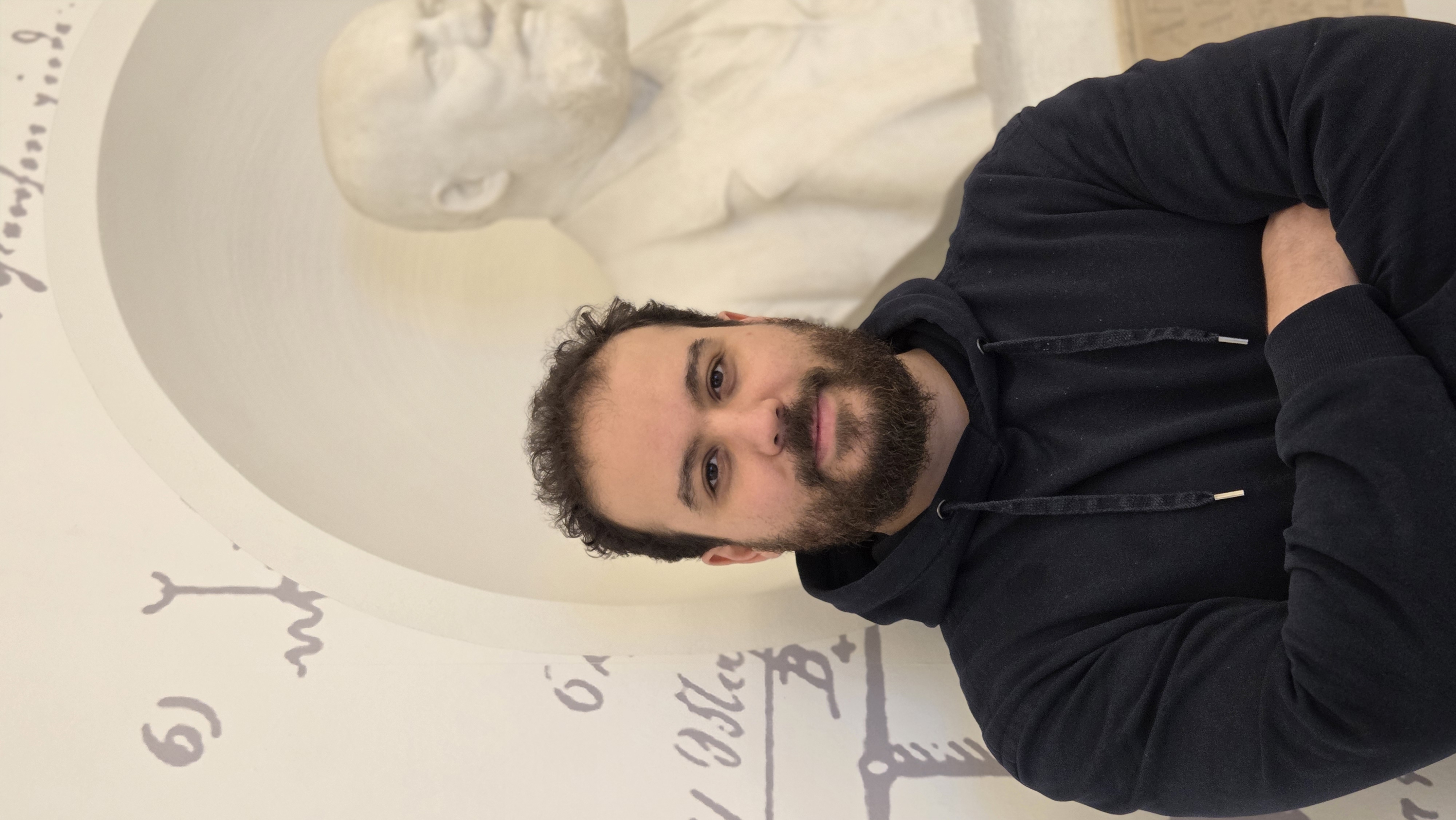Dynamical and spatial heterogeneity cause multistep relaxation behavior of a model supercooled liquid and glass
Date:
In this talk I presented results on the relaxation dynamics of model supercooled liquids and glasses.
Abstract: Glasses are non‐equilibrium materials that continuously relax toward an equilibrium state1. On a macroscopic length scale, glasses exhibit a steady, continuous relaxation over time, as evidenced by changes in volume, viscosity, and enthalpy—aging. However, at the microscopic scale, using high‐resolution techniques such as X-ray photon correlation spectroscopy (XPCS), the dynamics have been reported to occur in stages, where relaxation proceeds via avalanches interspersed with long periods of little to no change. This discontinuous aging of metallic glasses reflects the existence of a heterogeneous microstructure and the complexity of the sampled energy landscape at the atomic level, making the understanding of such relaxation behavior far from trivial. Here, using computational XPCS to analyze microsecond molecular-dynamics simulation trajectories of model glasses and supercooled liquids around Tg, we find that their relaxation dynamics occur in multiple stages with different, growing timescales. These relaxation stages can be traced back to spatially correlated structural dynamics governed by the existence and growth of a percolative network of mobile and immobile domains. The mobile network is responsible for the β-relaxation, while the slow domains, which relax on a much slower timescale, give rise to the long-time relaxation plateau. The percolated domains of immobile atoms are found to have an energetically stable, structurally more ordered configuration, similar to that of the C15 Laves phase. Thus, we present a unified picture that maps dynamical and spatial heterogeneities onto each other and links them to the relaxation behavior of glasses and supercooled liquids, reflecting their heterogeneous microstructure.
